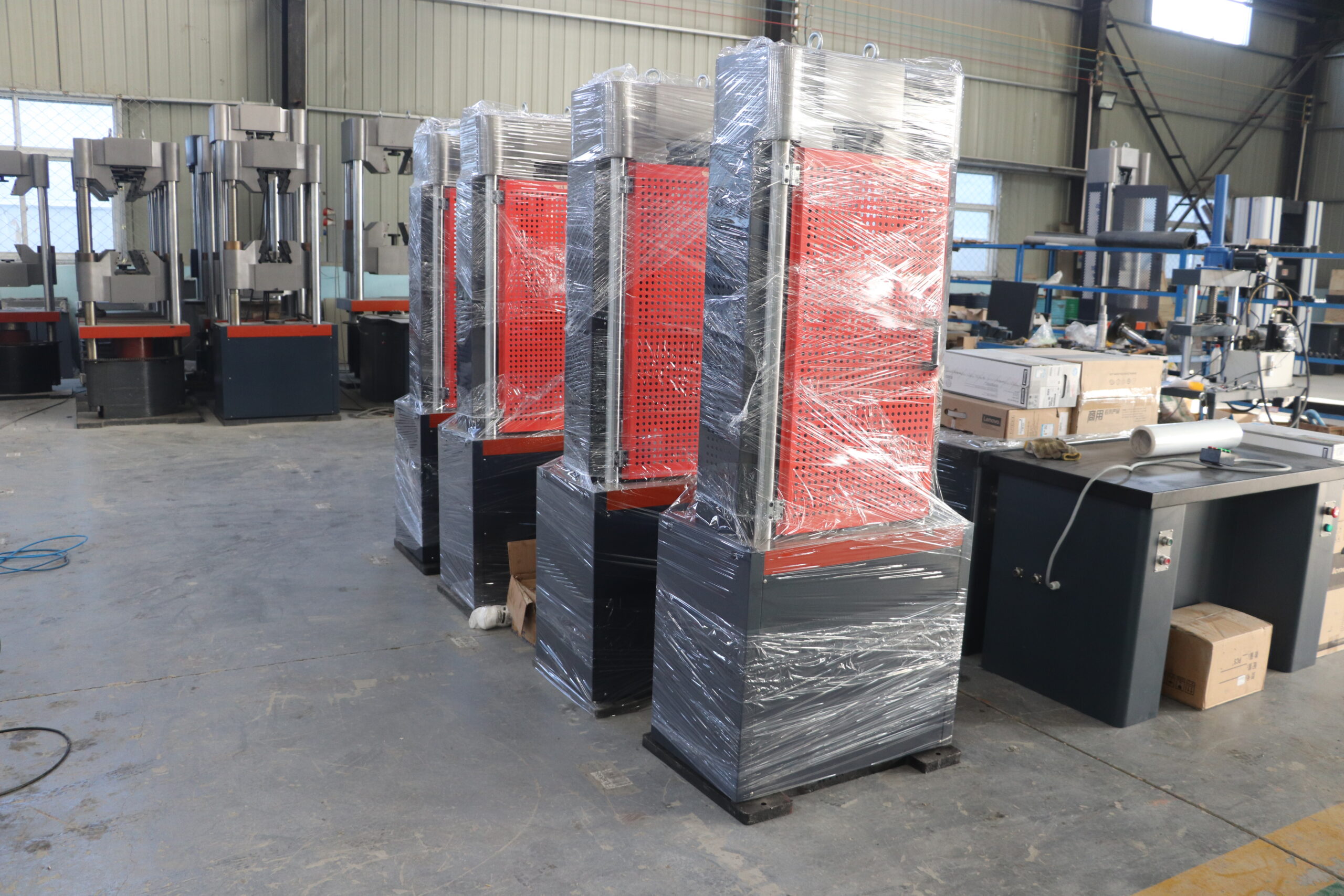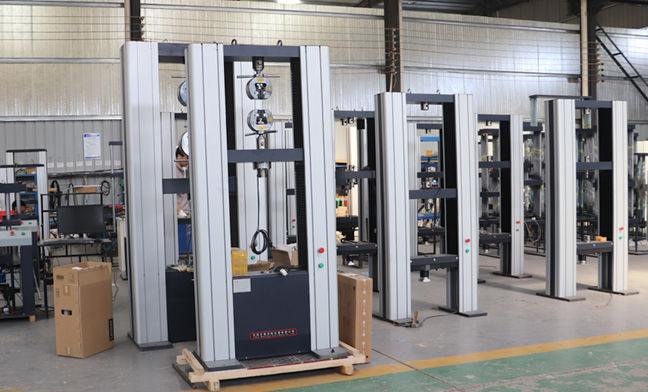Types of Universal Testing Machines: A Complete Guide

1. Classification by Drive Mechanism
One of the most common ways to classify Universal Testing Machines (UTMs) is based on the drive system that applies force during testing. Each type is suited for specific test ranges and applications.
1.1. Electro-Mechanical (Electronic) UTM
This type uses a servo motor and a screw-driven mechanism to move the crosshead. It is commonly used for low- to medium-capacity testing (1kN to 100kN) and is ideal for materials like plastics, rubber, textiles, and thin metals.
Features:
High precision and repeatability
Quiet operation
Suitable for tension, compression, and flexural tests
Best for laboratory and quality control environments
1.2. Hydraulic UTM
Hydraulic UTMs are driven by a hydraulic power pack that generates force using oil pressure. These machines are designed for high-capacity testing, from 300kN to 2000kN or more.
Features:
High force range
Robust structure for heavy materials
Ideal for metals, concrete, and construction materials
Often used in industrial and research applications
1.3. Servo-Hydraulic UTM
This is an advanced form of hydraulic UTM with servo valves and digital controllers that provide dynamic load control. They are often used for fatigue and dynamic loading tests.
Features:
High precision under cyclic loading
Supports fatigue, crack growth, and high-speed tests
Suitable for aerospace and automotive R&D
2. Classification by Frame Design
The physical configuration of the UTM also determines its functionality and test capability.
2.1. Single Column UTM
Used for low-capacity testing (below 5kN)
Compact design for benchtop use
Suitable for film, foil, rubber, and paper
2.2. Dual Column UTM
Rigid frame supports higher loads (up to 600kN)
Provides better alignment and stability
Suitable for plastics, metals, and composites
2.3. Four Column (Floor Type) UTM
Used in large-capacity hydraulic systems
Heavy-duty testing of steel, concrete, and large components
Provides maximum stability and resistance to deformation
3. Classification by Function and Application
3.1. Static Testing Machines
These UTMs apply load at a constant speed to measure tensile, compressive, flexural, or shear properties. Most standard tests fall under this category.
Applications:
Tensile testing of metals (ASTM E8, ISO 6892)
Compression testing of concrete (ASTM C39, EN 12390-3)
Flexural testing of plastics (ISO 178)
3.2. Fatigue Testing Machines
Designed to apply cyclic loads to evaluate how materials behave under repeated stress over time.
Applications:
High-cycle fatigue tests for metal alloys
Crack propagation studies
Used in aerospace, automotive, and biomedical engineering
3.3. High-Temperature UTMs
Equipped with furnaces or environmental chambers to test material properties under elevated temperatures.
Applications:
Creep and stress rupture tests
Thermal fatigue testing
Ideal for materials used in turbines, engines, and power plants
Conclusion
Understanding the different types of Universal Testing Machines helps engineers and purchasing teams select the right equipment for their testing needs. Whether you need a compact single-column machine for soft materials or a high-capacity hydraulic UTM for concrete and steel, choosing the right type ensures reliable results, testing efficiency, and compliance with international standards.
When investing in a UTM, always consider your application, sample size, test frequency, load range, and relevant standards to make the most effective choice for your laboratory or production facility.








